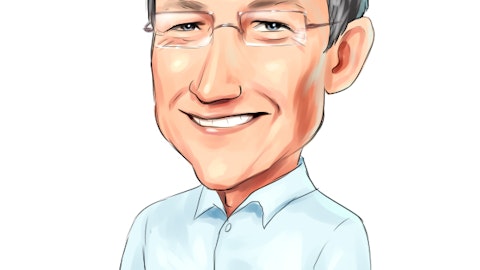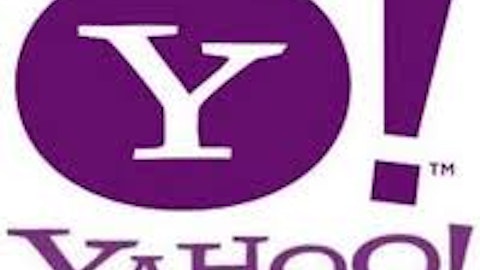
Image: Apple Inc. (NASDAQ:AAPL)
Jobs probably wouldn’t be fan of Adobe Systems Incorporated (NASDAQ:ADBE)’s most recent decision either, although he likely couldn’t do too much to kill it.
Adobe Systems Incorporated (NASDAQ:ADBE) said on Monday that it will abandon Creative Suite in favor of focusing fully on Creative Cloud. That means that while Adobe’s legendary creative software (like Photoshop) will still be available, its distribution will be radically different.
The second coming
One of Steve Jobs’ more memorable quotes included a biblical reference — Jobs doubted the subscription model to such a great extent that he believed not even Jesus could sell it.
In 2003, Jobs told Rolling Stone:
“I think you could make available the Second Coming in a subscription model and it might not be successful.”
Specifically, Jobs was referring to the subscription model of selling music. At the time, the iTunes music store was still new, and Jobs was expanding on the decision to sell music directly, rather than offer a subscription service.
Given the success of services like Spotify and Rhapsody, it’s clear that Jobs was wrong about this one, at least when it comes to music. As of March, Spotify had 6 million paying subscribers, out of a total of 24 million.
Spotify is a threat to iTunes
But Jobs’ logic for that remark applies equally as well to music as it does to software. Jobs reasoned that consumers wanted to actually “own” their music (to be fair there is some debate as to whether one owns their iTunes music or just licenses it for life) rather than just pay a monthly subscription for access to it.
Of course, I doubt Jobs saw the longer-term strategic incentive Apple Inc. (NASDAQ:AAPL) had to make that decision, though perhaps he did.
Apple Inc. (NASDAQ:AAPL) has a vested interest when it comes to suppressing subscription music services. A subscriber to Spotify — shelling out $120 per year — is probably not likely to purchase many songs from iTunes.
But it isn’t the loss of iTunes revenue that really matters (altogether, it’s a tiny percentage of Apple’s total revenue). No, what’s more significant is the loss of consumer stickiness. A consumer with a large iTunes library is much more likely to continue to purchase Apple Inc. (NASDAQ:AAPL) evices. One can take their library to an Android device if they wish, but it’s a much more difficult task compared to simply sticking with an iPhone.
But music subscription services completely shatter that notion. Someone who depends on Spotify for their music needs is perfectly fine using just about any modern smartphone — be it an iPhone, Android or Windows phone — it doesn’t matter.
Adobe’s Creative Cloud
But not every consumer is willing to pay a monthly fee for access to their music — many do prefer to own it. Likewise, a large number of people also prefer to own their software. But going forward, Adobe Systems Incorporated (NASDAQ:ADBE) won’t give them that choice.
While the old software is still out there, new versions of Adobe’s Creative products will only be available through its Creative Cloud — a $50 per month subscription service.
That’s good for Adobe Systems Incorporated (NASDAQ:ADBE), as it means the company will see more regular revenue patterns — it will get a stream of monthly payments rather than windfalls every few years. It could also help to reduce piracy.
At the same time, although users are losing out on the ability to purchase the software outright, they gain some advantages. If one decides they no longer need the software after a few months, they can simply cancel the subscription, having spent only a couple hundred dollars. But if the software was bought outright, they’ve sunk over $1,000 into the purchase.


